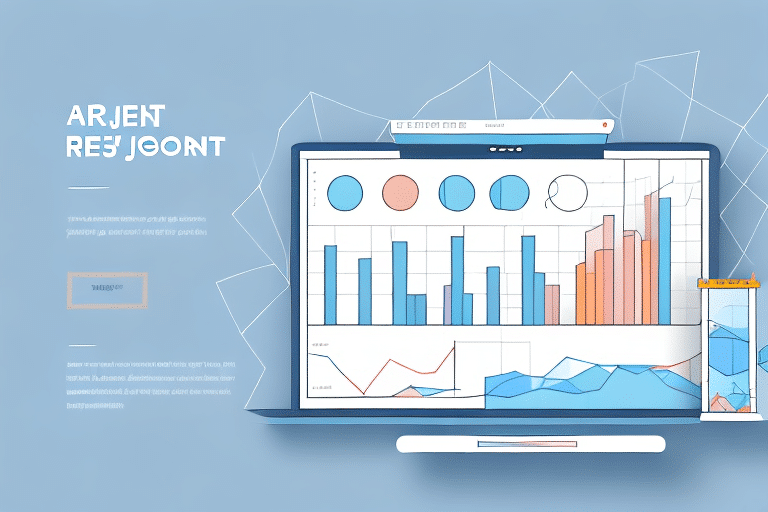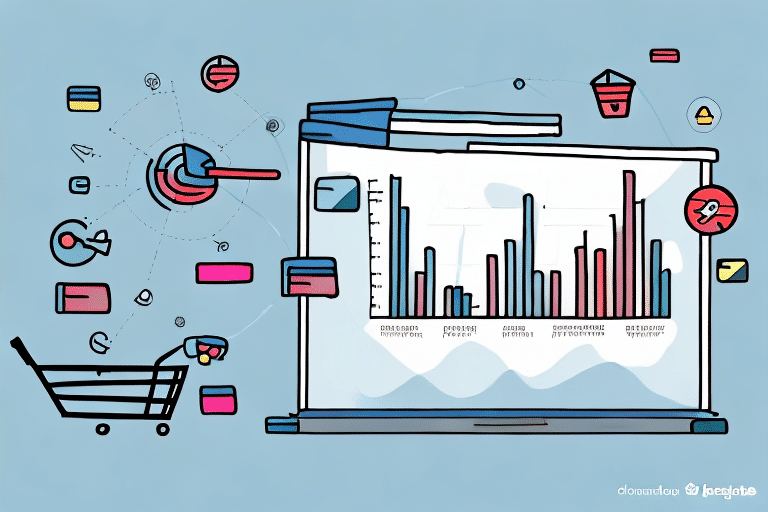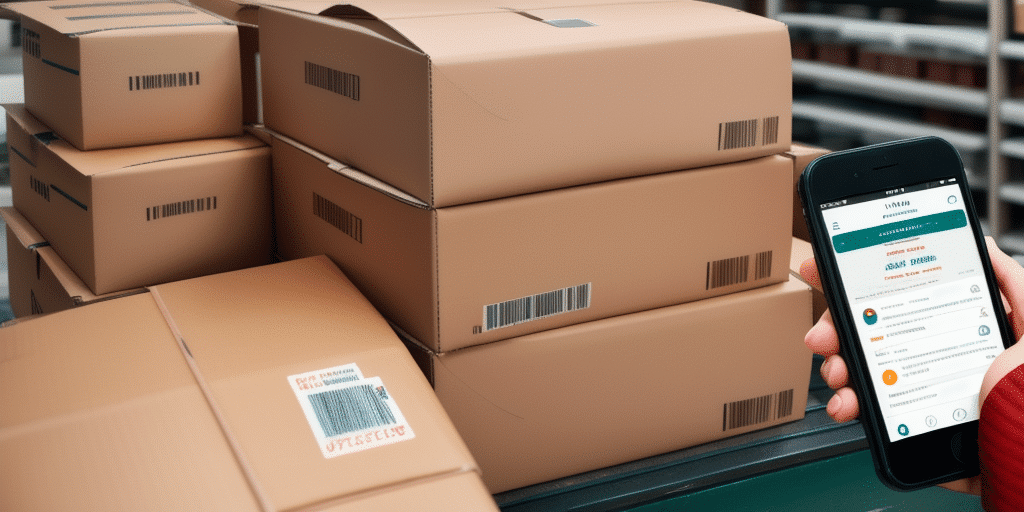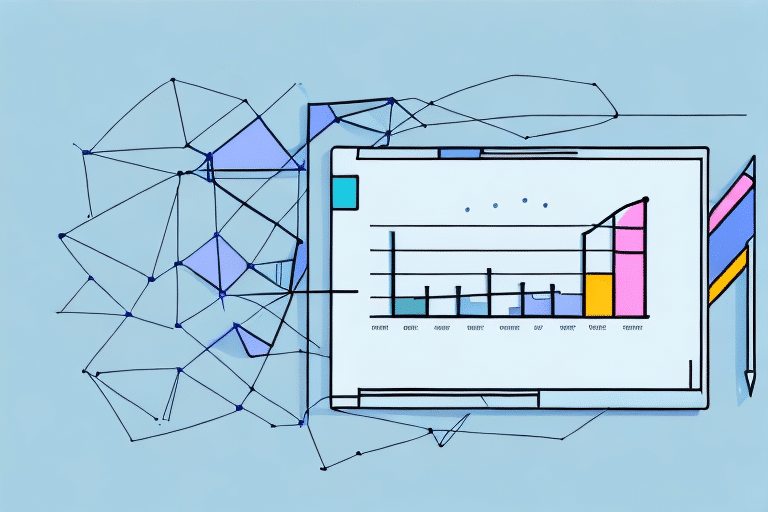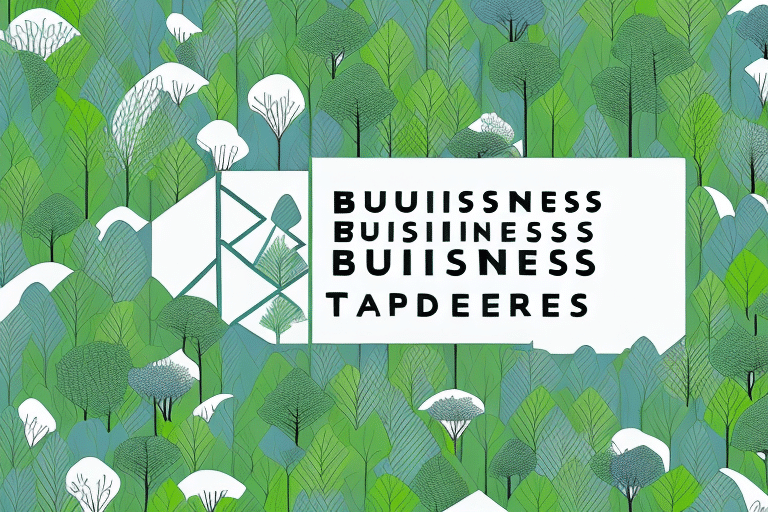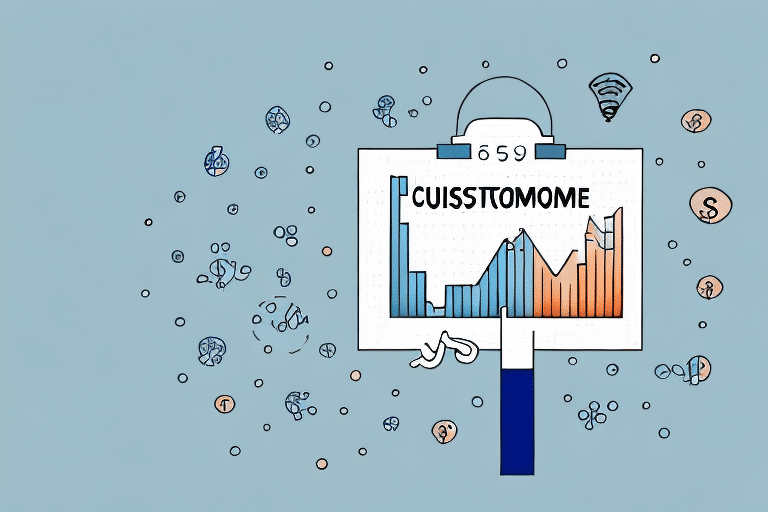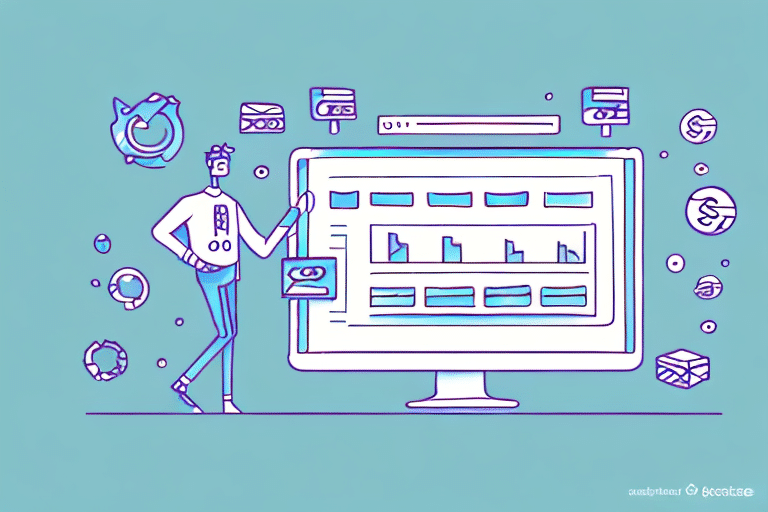Understanding the Importance of Customer Retention
Customer retention is essential for sustaining business growth and profitability. Research indicates that it costs up to five times more to acquire a new customer than to retain an existing one. Moreover, increasing customer retention rates by just 5% can boost profits by 25% to 95% (Bain & Company). Retaining customers not only reduces churn rates but also fosters ongoing revenue through repeat purchases and referrals.
Reducing Customer Acquisition Costs
Focusing on retention strategies allows businesses to minimize the high costs associated with acquiring new customers. By investing in existing customer relationships, companies can allocate resources more efficiently and achieve better return on investment.
Enhancing Revenue Through Loyalty
Loyal customers are more likely to make frequent purchases and spend more per transaction. Additionally, satisfied customers often become brand advocates, referring friends and family, thereby organically increasing the customer base.
Analyzing and Evaluating Current Retention Strategies
Before developing a retention project report, it's imperative to evaluate your existing customer retention practices. This analysis helps identify strengths, weaknesses, and areas requiring enhancement.
Assessing Customer Satisfaction and Appreciation
Evaluate whether your customers feel valued and appreciated. Consider conducting surveys or feedback sessions to gauge satisfaction levels and understand customer perceptions.
Evaluating Communication Channels
Effective communication is key to building trust and loyalty. Assess how frequently and effectively you engage with your customers. Regular outreach for feedback and addressing concerns can significantly impact retention rates.
Personalization of Retention Efforts
Personalizing interactions can make customers feel unique and valued. Analyze whether your retention strategies are tailored to individual customer preferences or if a generic approach is being used. Personalization can lead to increased loyalty and retention.
Planning Your Customer Retention Project
Setting SMART (Specific, Measurable, Attainable, Realistic, Timely) goals is crucial for the success of your customer retention project. Clear objectives provide direction and a framework for measuring progress.
Identifying Key Metrics
Measuring the success of your retention project requires identifying and tracking key performance indicators (KPIs) that align with your project goals. These can include customer satisfaction rates, churn rates, recurring purchases, and revenue growth.
Defining Clear Objectives
Involve all stakeholders in defining goals to ensure alignment and collective commitment. For example, aiming to increase repeat purchase rates by 10% within six months.
Establishing Baselines and Anticipating Challenges
Before implementing your retention project, establish baseline metrics to accurately measure the project's impact over time. Additionally, identify potential obstacles that may hinder goal achievement and develop strategies to overcome them.
Implementing Your Retention Strategies
Developing a detailed action plan outlines the specific steps necessary to achieve your retention goals.
Creating Loyalty Programs
Design customer loyalty programs that reward repeat business. Programs can include points-based systems, discounts, or exclusive offers.
Enhancing Communication Channels
Improve communication methods to ensure timely and effective interactions with customers. Utilize email campaigns, social media engagement, and personalized messaging.
Offering Personalized Customer Service
Provide tailored customer service experiences by understanding individual customer needs and preferences. Personalized support can significantly enhance customer satisfaction and retention.
Assigning Responsibilities and Setting Deadlines
Organize action items based on their potential impact and feasibility. Assign specific responsibilities to team members and set realistic deadlines to ensure accountability and progress.
Selecting the Right Tools and Resources
Choosing appropriate tools and resources is essential for effectively executing your retention strategies. Implement CRM systems like Salesforce or HubSpot, utilize survey tools such as SurveyMonkey, and leverage analytics platforms like Google Analytics.
Measuring and Communicating Project Success
Evaluating your project's success involves comparing outcomes against your predefined metrics and effectively communicating the results to stakeholders.
Tracking Customer Satisfaction
Monitor changes in customer satisfaction levels using surveys and feedback mechanisms. An increase in satisfaction typically indicates successful retention efforts.
Assessing Customer Retention Rates
Analyze the retention rate by tracking how many customers continue to engage with your business over time. A higher retention rate signifies effective retention strategies.
Monitoring Revenue Growth
Evaluate the financial impact of retention initiatives by assessing revenue growth and recurring purchase patterns.
Communicating Results to Stakeholders
Use clear and concise language, provide context and methodology, and anticipate questions to effectively communicate your findings and build trust with stakeholders.
Continuous Improvement and Leveraging Technology
Customer retention requires ongoing effort and continuous improvement to adapt to changing customer needs and market conditions. Leveraging technology enhances your retention strategies by enabling data collection, behavior analysis, and personalized user experiences.
Stay Updated with Customer Needs
Regularly update your understanding of customer preferences and expectations through continuous feedback collection and market research.
Regularly Collect and Act on Feedback
Implement systems to gather feedback consistently and use insights to enhance products, services, and customer interactions.
Offer Incentives to Loyal Customers
Provide rewards, discounts, or exclusive offers to incentivize loyalty and encourage repeat business.
Provide Excellent Customer Service
Ensure prompt, transparent, and personalized customer service to resolve issues effectively and enhance customer satisfaction.
Leverage Advanced Technology
Utilize analytics tools to gain insights into customer behavior, implement automation for routine tasks, and adopt AI-driven solutions to predict and prevent customer churn.
Avoid Common Mistakes
Prevent errors such as neglecting stakeholder involvement, ignoring customer feedback, or setting unrealistic goals by maintaining clear communication and realistic planning.
Case Studies: Real-World Examples of Successful Customer Retention Projects
Studying successful customer retention projects provides practical insights and proven strategies that can be adapted to your business.
Example 1: XYZ Company
XYZ Company implemented a personalized loyalty program, resulting in a 20% increase in repeat purchases and a 15% reduction in churn rates.
Example 2: ABC Corp
ABC Corp enhanced customer communication channels by introducing live chat support and regular feedback surveys, leading to a 25% improvement in customer satisfaction scores.
Conclusion
Creating a customer retention project report is essential for any business aiming to retain customers and expand its customer base. By following this comprehensive guide, you can develop an effective customer retention project report that lays the foundation for sustained business growth. Remember, customer retention is an ongoing process that demands consistent effort and improvement. Equipped with the right tools, resources, and strategies, you can achieve your customer retention goals and elevate your business to new heights.

